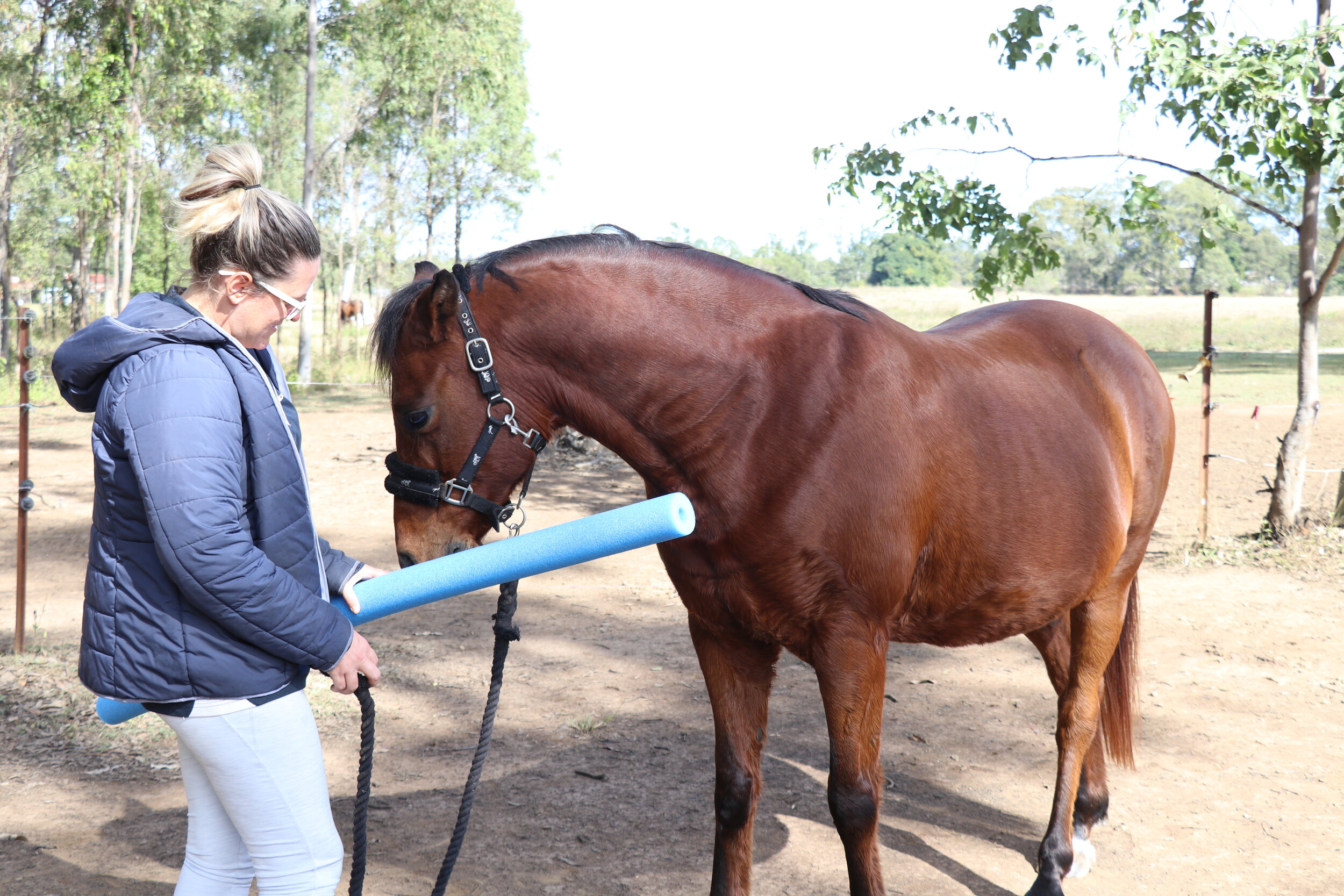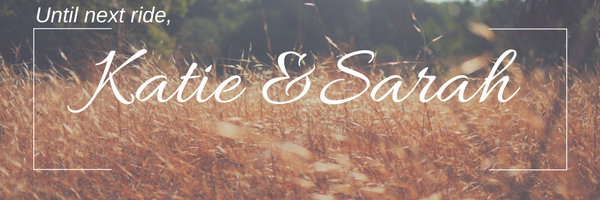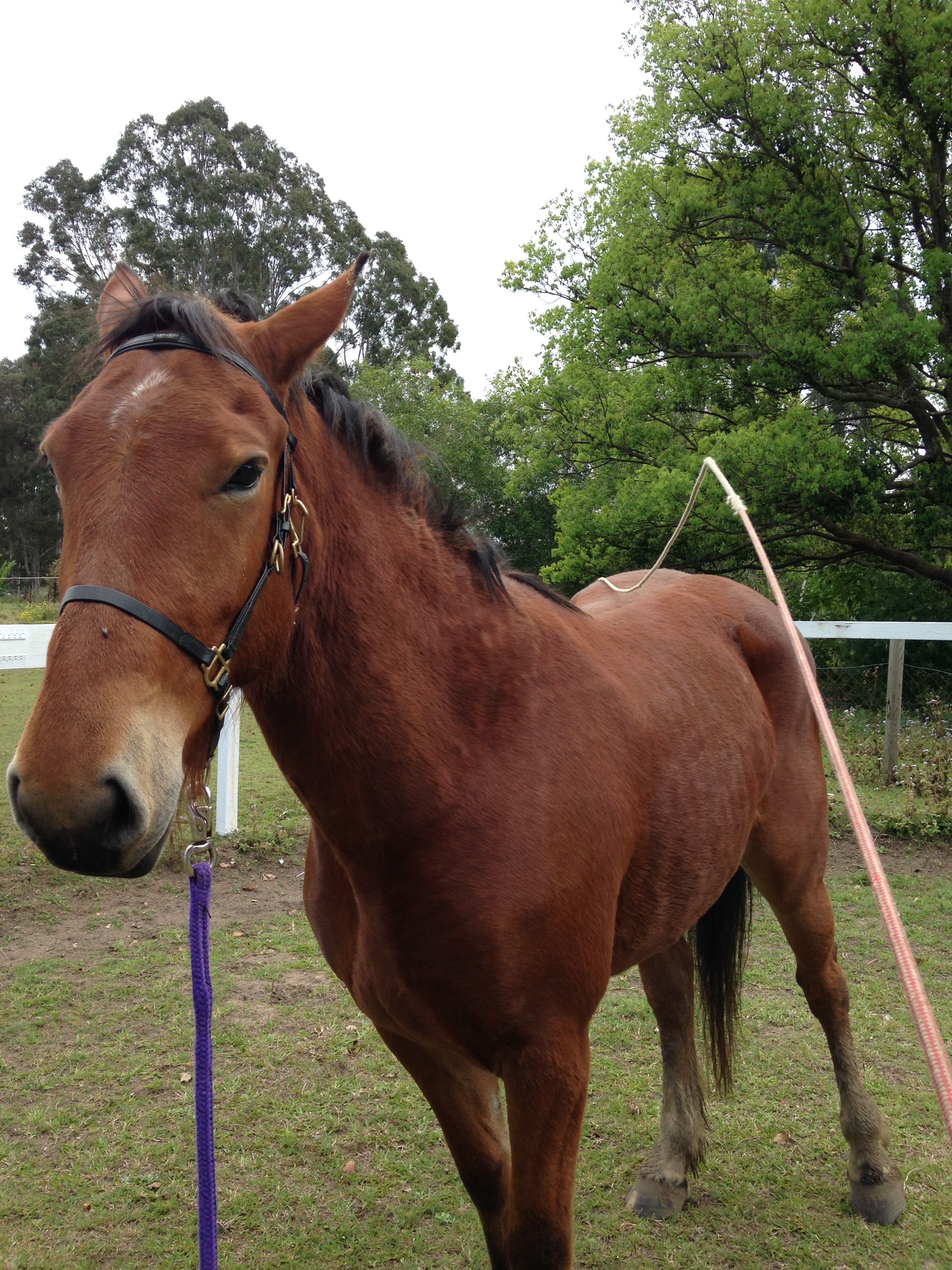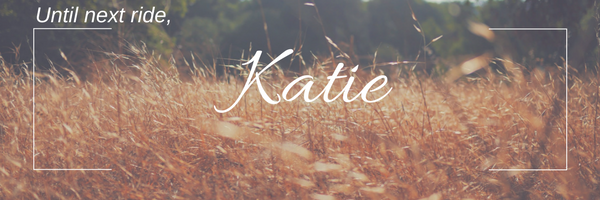Teaching Emotional Regulation
Who said Katie couldn’t help horses get over their fear of pigs?
In this video, Katie is building Phoenix’s confidence around his new sister, Ella the pig. Phoenix was absolutely terrified of moving through the gate because Ella sleeps beside it and pigs are big, scary and smelly (or at least, that what Phoenix was saying with his behaviours).
By the end of the second training session, he was relaxing and breathing, could walk through the gate without trampling or freaking out, and even nose-bumped Ella the pig.
While you won’t see the full session here, this little captioned snapshot will share some of Katie’s tips on teaching emotional regulation.
AND…Who said Katie couldn’t help horses get over their fear of pigs???? Challenge accepted and conquered!
Interested in the connection training mentioned in the video?
Click the button below to learn more.
How do I desensitise my horse?
Do you want to know the secret to training?
Do you want to know the secret to training?
A horse that can't control it’s emotions, can’t control it’s behaviours!
If your horse doesn’t know how to emotionally self regulate, you have to model that emotional self regulation for them.
If you become emotionally engaged and spiral with them, you WILL feed of each other.
Cue training is easy. It’s managing and training their emotional self regulation that is hard.
And this is where we make the mistake with desensitisation.
Throwing a tarp over your horse doesn’t teach your horse to not be afraid of the tarp. It teaches the horse that the tarp goes away when they don’t react.
Waving a flag doesn’t teach a horse that it’s not dangerous, only that it goes away when the horse looks at it (or you).
What we DO need to do is to develop our horses confidence in us, themselves, and their surroundings, so they can face any scary situation. This means both you and your horse need to learn how to emotionally regulate.
There are ways you can develop these skills. But they can’t be learnt when you horse is losing the plot. The most successful method when using these skills is to regularly and consistently creating positve scenarios where the horse can build confidence - in you AND themselves.
So what resources are available to you to support you through this?
The Trainability Coaching Program
takes you through developing mental relaxation, true willingness and consent with your horse, and teaches you some of the emotional regulation skills as well. This program also gives you access to Katie as your coach and personal cheer squad (and as some have mentioned, “horse marriage councillor)
Curiosity + Communication Bundle Offer
For the owner of the shut down or spooking horse in particular, ways to work to create confidence in you and themselves, and to understand their cues faster.
Building Connection Course
This free course and workshop recording gives you insight in the steps to build a deeper connection with your horse so you can start creating trust and confidence in each other.
Why we should be teaching our horses to be curious
Have you seen that horse that reacts to EVERY SINGLE STIMULUS (and many imaginary ones?) Here’s what you can do about it.
You’ve seen it, right?
The horse that prances, snorts and shies on a trail ride, at a competition, or even at the trees blowing in the wind.
Maybe you have even been on that horse.
It’s not exactly a pleasant scenario to be in, and can take all our skill and energy just to keep riding.
Horses are inherently animals of prey and therefore their instinctive reaction is attuned more to flight then fight. Therefore, a horse that is ‘high strung’ or displaying those types of behaviours is nearly completely using the instinct part of the brain, which disengages the ability for the horse to be able to use the parts of the brain to think, process and learn
A moving object, different colour, change of location or interaction with unfamiliar horses or people – all of these things can set your horse off into instinctive mode, even if they are normally well behaved in your home paddock.
It’s a heavily (and sometimes heatedly) debated topic on how to overcome these issues and we are going to weigh in on it ourselves.
So let’s have a quick look at some of the commonly recommended solutions.
Desensitisation:
When we use desensitisation skills we are teaching our horse that the best response is no response. That doesn’t necessarily mean that the horse is ok with what is happening to it just that the right response is no response. It also means that the horse has no way of telling us that it’s not coping. If the best coping mechanism is no response and our horse is scared of something and so shows no response we say aha!! See! My horse isn’t scared anymore! What happens is it copes until it doesn’t and then gives us no warning that it’s not coping and explodes. This is how most horses are “broken” in and if they don’t pass this qualification they are considered dangerous horses, unsuitable for riding.
Another term for this process is flooding. We “flood” the horse’s sensory processing mechanism until they no longer respond. This doesn’t mean that the horse has processed the stimulus. It just means they are not responding to it. This therefore isn’t helpful to us when we need to resensitise them to get them to respond to our cues and aids. They are then left with the choice of which stimuli will they react to and the reactions are generally extravagant and “out of character” because they don’t know how to process the stimulus or how to react they only know not to react.
Be the boss/leader:
Being the boss is a critical skill in our working relationship with our young, green, uneducated horses but not always a priority in our mature and educated horses if they have had a good education.
A well educated horse learns to look after its rider. A well educated horse has been exposed to lots of different environments and situations and has come out the other side unscathed and so becomes confident and knows what to expect when put in new and different situations.
The younger, greener horses are still learning and need a competent leader that they trust to show them how to deal with their environment and show them they are safe. An older horse that has lots of homes and instability in its life and learning can become agitated and scared when it goes into new environments because it hasn’t enjoyed the stability and knowledge that it will be going home and ok.
This skill of being the boss can be misinterpreted as being the bigger bully. Every instructor that I’ve ever had has told me that you need to be scarier than what the horse is scared of. This never fixed the spooking but it made me really good at hanging on!
Developing good leadership skills with our horse is one of Equestrian Movements core training principles. It sets our horse up with trust in us to keep them safe and allows us to introduce them to scary situations and show them how to handle it. In the long run it is the key to developing a good relationship and rapport with our horse. Setting boundaries and following through allows us to show up as good leaders so that our horse trusts our leadership skills and follows us into different environments with trust that we won’t let harm come to them.
This takes time to establish and a lifetime to reinforce. You can’t do your leadership exercises in 1 day and then try and cross a busy highway with them. You are challenging just outside their comfort zone and then allowing them to retreat and recover and process that it wasn’t that bad.
Remove the horse from the ‘scary situation’:
As we spoke above if we have put our horses into a situation that they really are unprepared for and overwhelmed there isn’t anything we can physically do to help them handle the situation. We end up damaging the relationship we have been working so hard to build because if we can’t show up as a good leader in this situation then we have lost our horses trust and respect which is hard enough to earn the first time let alone try and earn again once it is broken.
Punishment:
These are common principles that are resorted to when trainers lose their cool and aren’t able to think outside the box or has lost patience. When we resort to punishment we undo all the hard work we have put into our relationship skills. At equestrian movement we teach to not emotionally engage in the situation because this is when you can end up lashing out in frustration. If you and your horse have done all the ground work leading up to this point with the pressure release and relationship building skills you should need to resort to physical punishment.
There is a fine line in using pressure release and it becoming a form of punishment. Both are forms of negative reinforcement but in pressure release there should be the opportunity to choose and a clear pathway of consequence that is resulting in the increase of pressure.
Physical punishment is using force without the horse understanding why and how to get away from the force and using a force that results in injury to the horse i.e. blood drawn, bruising etc. When we use a force that the horse doesn’t understand why, it is not learning how to react correctly, only how to get away.
The kind of force is very important to recognise because the damage is done mentally and emotionally. Some horses are just very “thick skinned” and so require a more intense “pressure” to find their point of responsiveness. People can be scared of using this strength because they don’t want to hurt the horse. What we teach here is to think about how hard its paddock mate would have to kick or bite your horse to get them to go away from their food. They would use just enough to get them to go away but not enough for them to get hurt (hopefully) even though you know they could really hurt them if they wanted. This is part of using pressure/release. Increasing the intensity of the aid to just enough they take notice of you but without hurting them. The level of intensity will differ across breeds and previous training. How much the horse has been shut down by desensitising techniques also plays a role here.
What is Teaching Curiosity about?
The aim of teaching curiosity is about 3 key reasons:
Safety
Emotional Balance
Continued Learning
A horse that is taught to be curious has the capability of reducing its’ automatic instinctive and look for cues from it’s’ rider as to what it should be doing.
A horse that is curious is listening. A horse that is curious is open to learning. A horse that is curious is able to apply his mental and emotional reasoning capabilities and lead even the greenest rider through safely.
A horse that is curious may be interested in the rustling bushes or flying flag, but not tense and prepared to bolt.
A horse that is curious will be interested in you lifting its’ leg (you may get a nose in your back) but won’t be pulling back or kicking.
Teaching your horse to be curious allows new situations to be faced without fear, without flight, without fight, but with open emotional and mental awareness, capability to learn and process, and the development of the bond between horse and rider.
Teaching curiosity reinforces leadership, trust and strengthens our relationship, while allowing the horse to progress with its learning capability.
Do you want to train your horse to be curious, confident and open to discussion?
Click here to learn moreEstablish Yourself As A Good Leader
Are you a good leader for your horse?
What makes a good leader?
A good leader is someone we trust, that makes us feel good and that we want to follow, even when we are scared.
It's the same for our horses. Establishing yourself as a good leader is important to give your horse the confidence to follow our directions, even when life seem scary ("that rock looks dodgy to me!").
The best way to establish yourself as a good leader, is to show your leadership skills through difficult and scary situations. The situations that are scary for the horse are not normally too scary for us, so showing how to confidently get past these ‘scary’ obstacles can give the horse confidence in our leadership skills.
It is important to maintain calm relaxation while your horse is nervous to show them how to manage themselves emotionally. (Not sure how to remain calm when your horse's temperament has hit the metaphorical ceiling? Breathe!)
Teach your horse how to investigate scary objects. Desensitising them is a good option but you have to keep desensitising them to everything they find scary. Teaching them how to investigate and accept things they are unsure of can make it easier long term.
Again, the horses learn from the release of pressure not the application. Assess the situation. What is creating pressure. Pressure can be physical, mental and emotional.
Learn how leadership is one of the important foundations to training and riding your horse
Click hereIn the situation of the horse investigating an object it is scared of there is the emotional pressure of fear of the object AND physical pressure of the cue you are using to take them over to it. If you are maintaining the physical pressure when the horse steps toward the emotional pressure, the release of pressure is away from the scary object. For each movement toward the scary object there needs to be a release of the physical pressure and for each movement away from the object there needs to be an increase in physical pressure. Stay calm, be confident and encouraging, use your voice and give positive reinforcement. Make much of a fuss of your horse when they do the right thing, so they seek that feeling of doing well.
The feeling of doing something well releases endorphins and makes us feel good.
And that, my friends, is how we show our horses we are good leaders.
What Is A Safe Horse?
Have you ever wondered if bomb-proof horses really were?
Have you ever heard the term “bomb-proof horse”?
It sounds like the ideal beginner horse.
And I’m about to tell you why you don’t want one of these horses.
Looking at the horse sale adverts, you will often see these horses that are advertised as the ideal beginner’s horse, the “bomb-proof” pony. I can’t tell you the number of times I see these ads with pictures of the horse in various phases – a tarp thrown over them, flags near their head, or a pre-teen child standing on their back (I won’t go into my thoughts on that, either, but let’s just say it’s not pretty).
These horses seem to be the perfect horse because they are not reacting to the stimulus, the “scary” objects, and you can do just about anything with them.
But most of them aren’t perfect. Most of them have shut down.
Yep, that’s right. Most of these horses have been terrified with flapping tarps, plastic bags, waving sticks and flags, and have reached a point where they no longer cope. As a result, they will react in one of two ways:
· They explode, become marked as dangerous, and often end up slaughtered
· They shut down, completely disengage, and are therefore marked as “safe”
Unfortunately, these horses are just like the wild cat backed into the corner. Eventually, they ARE going to explode. And if we are lucky enough, we will get to sit up from the dirt, stare at the cloud of dust left behind as our horse becomes a small dot on the horizon, and ask “What the (insert expletive of choice) just happened?”
The big issue with these horses is they are forced to not react - until they can no longer NOT react, resulting in a massive overreaction to a seemingly small stimulus. They have no capability of processing, they have no capability of thinking, and they have never been shown how to look for support and direction from their rider.
I’m not big on the terminology of a safe horse, as every horse has the capability of reacting to every single person differently (personalities, training, confidence, attitude all come in to effect here for both horse and rider), but there is a way to make your horse safer.
To make your horse safer, you need to establish a working relationship, set yourself up as a leader, be consistent in your training and handling, make your horse curious, and always be mindful to condition your horse mentally AND physically.
Be prepared to put some time into your horse. This isn’t going to happen overnight. But the effort will be more than worth it.
Added bonus – you won’t look like an idiot chasing your horse around the arena with a plastic bag on a stick.
Looking to make your horse safer?
Our Training Trainability course takes you step-by-step through the process. Click here to accessLooking for more specific content?
Have a question you are seeking answers to? Send us a message and we will create a blog!













The simple, step-by-step proven process that builds confidence, faith and trust with your horse and creates willing horses that want to look after you